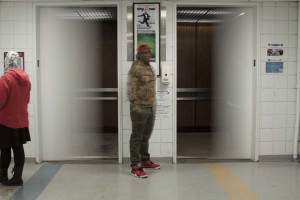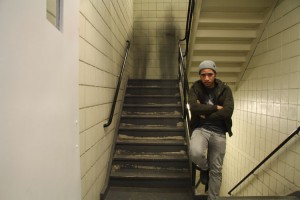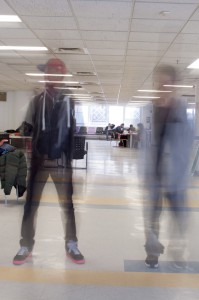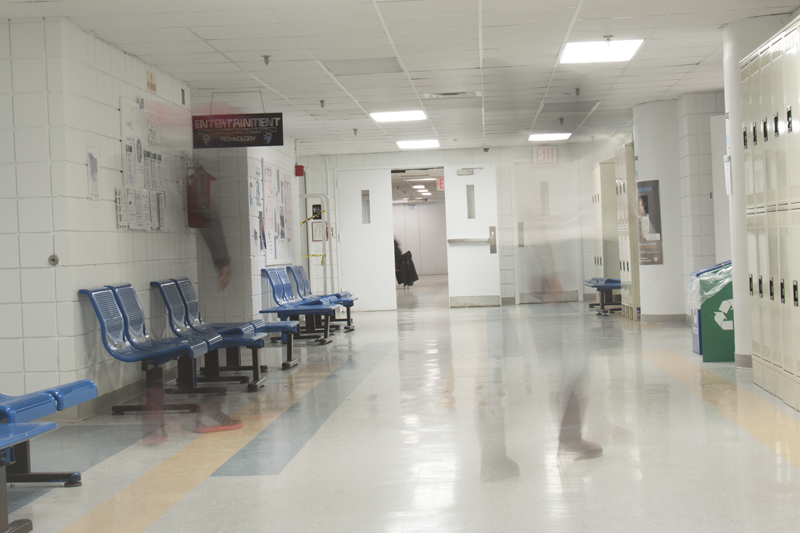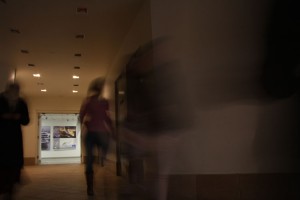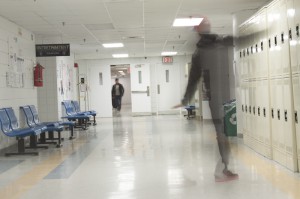City stages:
The artist behind the exhibit photographed subjects in motion. The subject
matter was the motion of the congested areas. The photographer used a long
exposure time so you can see the of the people and other moving things in the
images. The exhibit focused on different areas of NYC that are everyday views.
From people at home to tourist attractions.
I got the feeling of movement and consistency. It connected to me because of my
busy- non stop schedule.
The photographer used the techniques, eye level, strong horizontal, strong
vertical and curved, high contrast, rule of thirds, off balance, all framing
techniques, and both shallow and wide depth of field.
Rijksmuseum
The photographers focus was empty unfinished spaces. He showcased a lot of
inside buildings that were in the process of being painted or built. He used a
lot of strong color and a lot of wide shots. I felt empty and imperfect, which
is what most people feel at least once thorough out their lives. The
photographer achieves this by taking wide shots of empty unfinished buildings.
The techniques used were strong vertical and horizontal, low contrast,
symmetrical, long and medium shots, and wide depth of field.
Composites
The photos used in this exhibit are some of the first examples of digital
manipulation. The artist manipulated photos to combine people and animals
features and create new creatures. All the images were portraits. All had simple
either black or white backgrounds. It connected to me because I'm a graphic
designer, and obviously photoshop is major part of my life. The techniques used
were close up, high contrast off balance,
The Heart and The Eye - Henri Cartier-Brenson and Robert Frank
Daily life representation. Shows working class people in early 1900s/mid 1900s.
Photographer captured emotions of people in portraits and still images. All in
black and white in high contrast for dramatic effect. I empathized with the
people in these images and also felt proud because they appeared to be working
hard for minimum wage. It also reminds me of people I know in my everyday life.
High contrast, rule of thirds, sharp, close up, and medium shot were all used.
Metro
This exhibit had images of people on trains, birds eye views of people walking,
and a manipulated image of buildings. I believe the artist was trying to show
everyday city life in ways many have never see it. The images were very dynamic
and achieved it's goal. They connected with me because riding the subway is
apart of my everyday life. I could've easily been one of the people in the shot.
It also told the true story of being in a public place, yet being in your own
world. Which is how it is on the train. The images used long shot, birds eye
view, eye level, high angle, curved line, strong vertical, rule of thirds, off
balance, medium shot, and wide depth of field.

